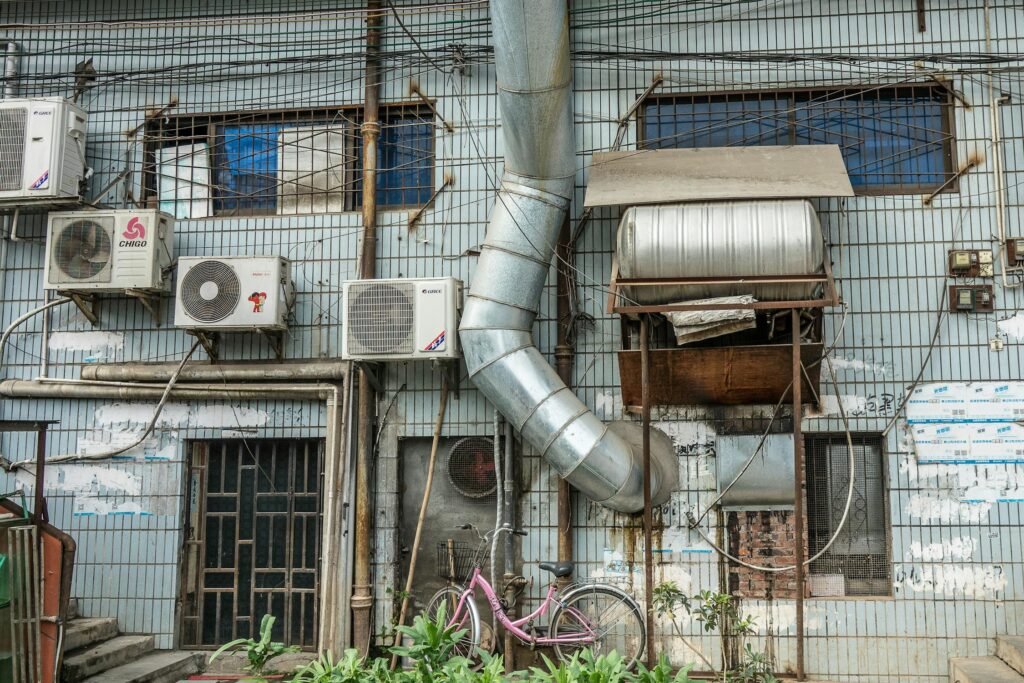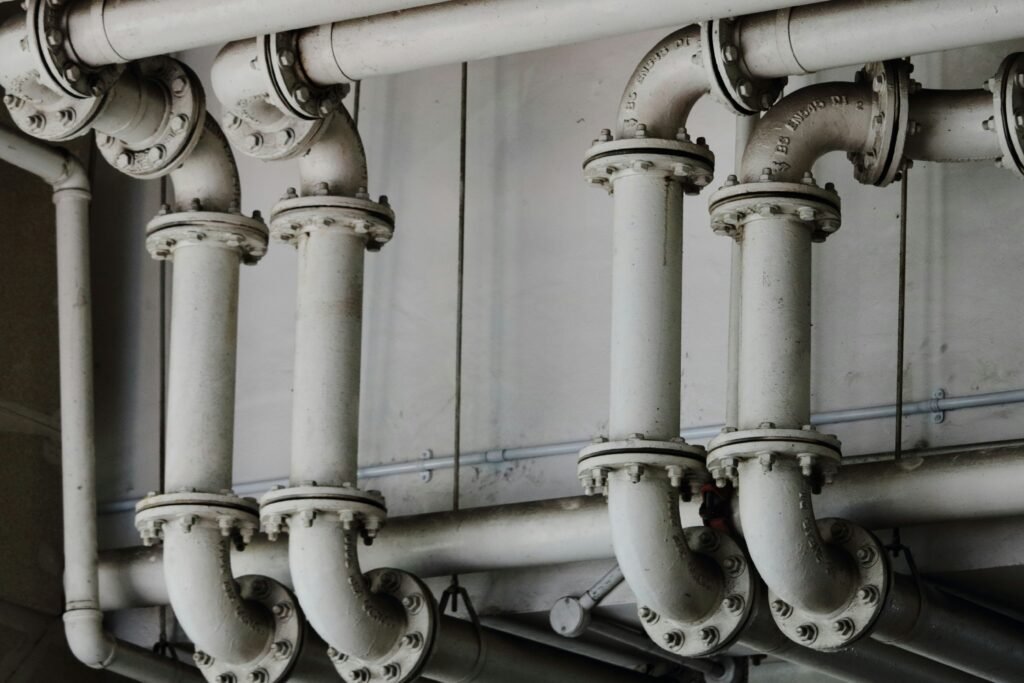The 2024 I-Code changes bring significant updates to building regulations, with a notable impact on commercial HVAC systems. As energy efficiency, sustainability, and safety continue to be top priorities, these new codes introduce stricter standards that will reshape how commercial HVAC systems are designed, installed, and maintained.
For businesses, staying compliant with these changes isn’t just about meeting legal requirements; it’s about optimizing performance, reducing environmental impact, and ensuring long-term cost savings. In this blog, we explore the critical updates in these codes that affect commercial HVAC systems and what these changes mean for building owners, facility managers, and HVAC professionals.
What are 2024 I-Codes for HVAC systems?
They establish updated standards for energy efficiency, safety, and environmental impact. These codes include new requirements for equipment performance, refrigerant use, and system design, ensuring compliance with modern sustainability and safety goals.
Key changes in the 2024 I-codes for HVAC systems
Energy efficiency
One of the most significant updates in 2024 is the increased emphasis on energy efficiency. The codes now demand stricter compliance with energy performance standards, including higher minimum efficiency requirements for HVAC equipment. This shift is driven by the need to reduce energy consumption in commercial buildings, which account for a substantial portion of global energy use. The new codes require systems to meet specific energy targets, which could mean upgrading existing systems or choosing more efficient options for new installations.
Sustainability
In addition to energy efficiency, the codes place a stronger focus on sustainability. This includes requirements for the use of environmentally friendly refrigerants, such as A2L refrigerants, which have a lower global warming potential (GWP) compared to traditional options. The codes also emphasize the importance of proper refrigerant management and leak detection to minimize environmental impact.
For HVAC professionals, this means staying updated on the latest refrigerant technologies and ensuring that systems are installed and maintained to meet these new standards.
Indoor air quality (IAQ)
The codes also introduce changes aimed at improving indoor air quality (IAQ) in commercial buildings. They require enhanced ventilation systems that can better control humidity, filter out pollutants, and ensure a steady supply of fresh air. The new ventilation requirements will likely lead to the adoption of more advanced air filtration systems and may necessitate upgrades to existing HVAC infrastructure.
Implications for commercial systems
For building owners and facility managers, the changes mean that staying compliant will require careful planning and possibly significant investment. Older systems may no longer meet the updated efficiency and IAQ standards, necessitating retrofits or complete replacements. While these upgrades can be costly upfront, they offer long-term benefits, including lower energy bills, reduced maintenance costs, and a healthier indoor environment for occupants.
HVAC professionals will need to stay informed about the latest code requirements and technologies to ensure their installations meet the new standards. This includes gaining knowledge about high-efficiency equipment, advanced controls, and environmentally friendly refrigerants. Additionally, professionals must be prepared to work closely with building owners to develop strategies for retrofitting or replacing outdated systems in a cost-effective manner.
Benefits of compliance
While these changes may present challenges, they also offer significant benefits. Compliant systems will not only reduce energy consumption and operating costs but also contribute to a building’s overall sustainability profile. This is increasingly important as more companies and organizations seek to meet corporate sustainability goals and achieve certifications such as LEED (Leadership in Energy and Environmental Design). Buildings with high-performing HVAC systems are also more attractive to tenants and occupants, as they offer better indoor air quality and a more comfortable environment.
Moreover, compliance with the codes can help mitigate the risk of regulatory penalties. As building codes become more stringent, non-compliance could result in fines, delays in project approvals, or costly retroactive upgrades. By adhering to the latest standards from the outset, building owners and managers can avoid these pitfalls and ensure their properties remain competitive in the marketplace.



